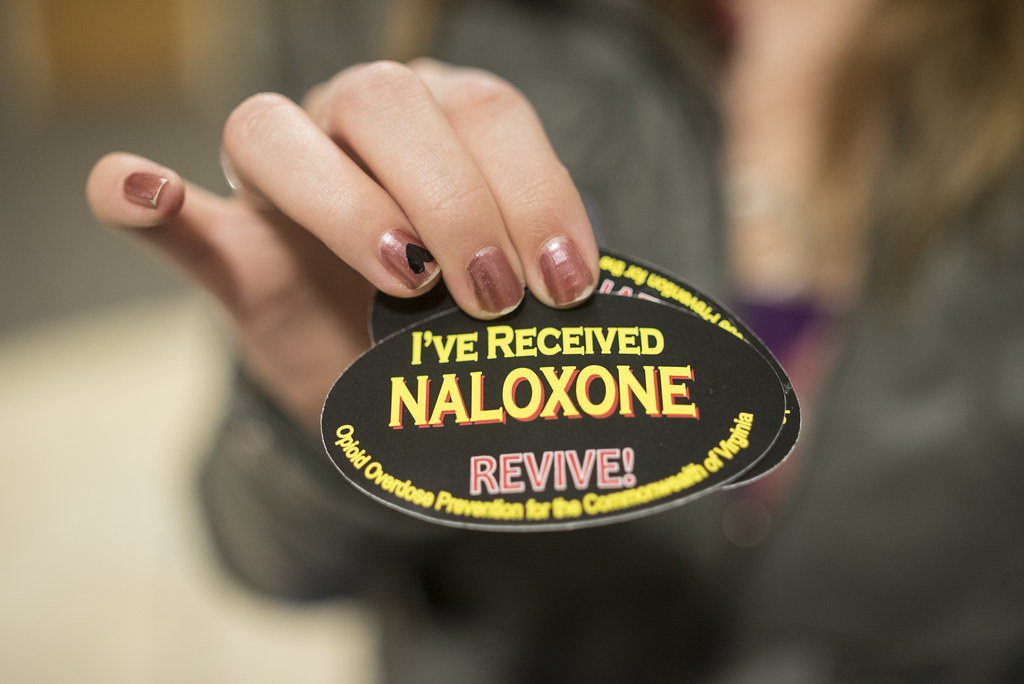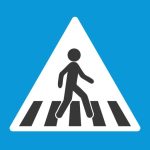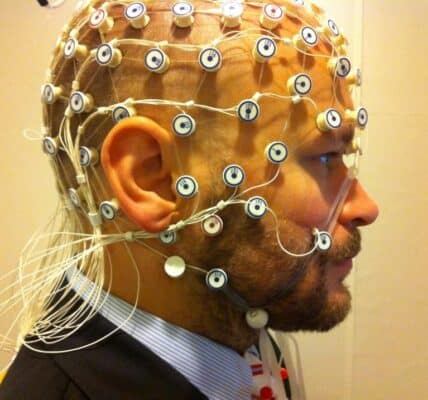How the Demonization of Addiction Costs Municipalities Lives and Money

If you live in an area where significant numbers of people with drug use disorder are dying from overdoses due to super-powerful fentanyl and other synthetic opioids, why wouldn’t you want first responders and frontline medical workers to be equipped with life-saving Narcan (naloxone)?
As a purely practical matter, the cost of training first responders and equipping them with naloxone is far less than the cost to the city of a drug overdose death. The main reason municipalities do not undertake vigorous naloxone programs is “moral hazard” — it just encourages the addicts.
This just isn’t true, according to bestselling author, Maia Szalavitz, who covers addiction and public policy as a contributing writer for The New York Times. In a recent column on moral hazard, Szalavitz cites the science on the distribution of naloxone and increases in drug use:
A study of over 1,300 drug injectors published in 2023 found no changes in drug risk behavior after naloxone distribution and education was started. A randomized trial of co-dispensing naloxone with opioid prescriptions in Colorado pharmacies also found no moral hazard effect.
Not only do these programs not encourage drug abuse, they save lives. The Bureau of Justice Assitance’s National Training and Technical Assistance Center (NTTAC), a division of the U.S. Justice Department that sets standards for law enforcement officer training, cites these examples of successful naloxone programs:
Quincy, MA, Police Department
The Quincy, MA, Police Department (QPD) launched its law enforcement overdose reversal program in 2010. As of October 2015, QPD officers have reversed over 436 opioid overdoses.
Suffolk County (NY) Police Department
In May 2012, the Suffolk County (NY) Police Department began a Narcan Pilot program in conjunction with the New York State Department of Health, initially training 400 officers in several precincts. In the first five months there were 32 opioid overdose (OOD) reversals. Because of this unanticipated success, the Narcan program was quickly expanded to the entire patrol and support divisions. As of October 2015, more than 1,300 officers are certified and there have been 390 successful OOD reversals.
In a similar vein, if you are in an area of high overdose deaths, wouldn’t you want to encourage people suffering from opioid use disorder to enter a treatment program? What if entering the treatment program automatically disqualified them from government employment for at least one year? Don’t you think that would discourage people from entering a recovery program?
That’s the situation residents of Vancouver, Canada, face. Residents dealing with drug use disorder, who enter a treatment program, are barred from most employment opportunities with the state for a year, according to Max Weselowski, executive director of a bed-based treatment facility in Vancouver and an expert on addiction stigma.
“More support makes overcoming addiction easier,” Weselowski writes. “These supports are holistic and can include things like counselors or mental health supports, but also hobbies, friends, and life fulfillment. School and work are big parts of recovery capital.”
Weselowski is trying to change the law so that people can work and go to school as soon as they enter a recovery program. It would make a huge difference in getting people struggling with drug addiction to get off the streets, into treatment, and on the road to a better life.
Written by Steve O’Keefe. First published March 6, 2024.
Sources:
“Moral Hazard Has No Place in Addiction Treatment,” The New York Times, March 1, 2024.
“What Happens To The Homeless When They Die,” ThinkProgress, June 2014.
“Governments must avoid policies that stigmatize those recovering from addiction,” The Conversation, February 27, 2024
“Law Enforcement and Naloxone,” National Training and Technical Assistance Center, Retrieved in March 2024.
Naloxone Sticker Photo by Craig Zirpolo. Used under Creative Commons license 2.0.




